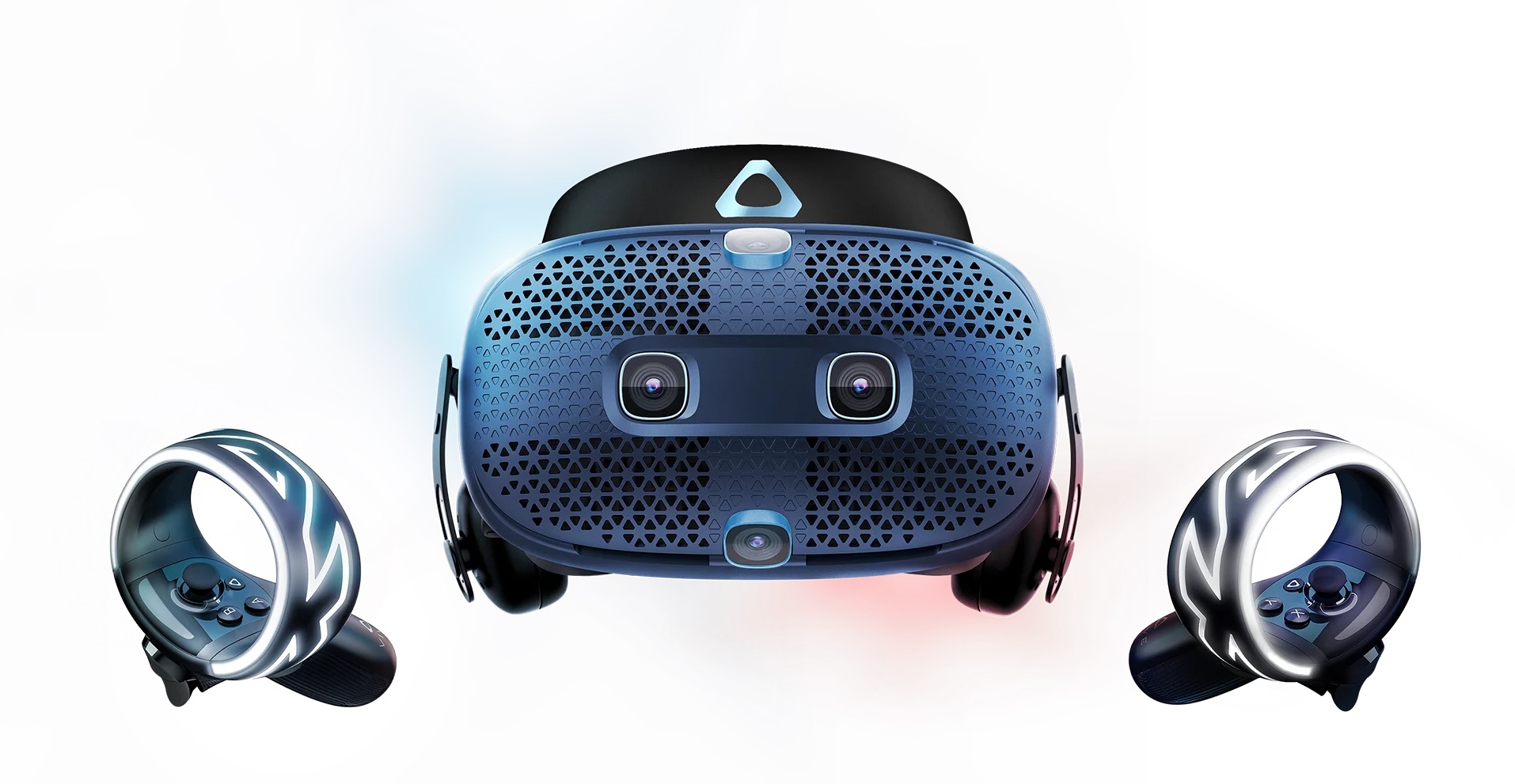
October 18, 2019 – Vive has published its latest information on a recent software update for its newly launched Vive Cosmos virtual reality headset, as well as updates coming later this month. In a blog post, the company stated: “We’ve heard your feedback and are working on solutions to ensure you have the best VR experience possible.”
Vive has said that it has improved room setup performance for low light environments, after many users had complained of issues with the headset’s “dark environment” warning message interfering with usage. The company has also apparently resolved a USB audio driver compatibility issue where audio would not play on certain system configurations.
Other updates include:
- Updates to multiple languages strings throughout the out-of-box setup, Vive Console, and Origin;
- Support for multiple languages on “Learn more page” in controller pairing step (Arabic, Chinese (Traditional/Simplified), Czech, Denmark, Dutch, Finish, French, German, Italian, Japanese, Korean, Norwegian, Polish, Russian, Spanish, Spanish-US, Swedish);
- Fixed Russian string overlap issues in Vive Console;
- Fixed Japanese missing character in Origin;
- Support Czech language in Origin.
Vive added: “We have seen the community feedback and are continuing to work to improve tracking overall.” The company has stated that the next update will be coming later this month, which will be targeted for beta and will work to improve the following scenarios:
HMD
- Improved low light tracking, with better prediction during fast movements;
- Reduced tracking jitter;
- Compatibility for Vive Wireless Adapter.
Controllers
- Low light tracking stability – tracking accuracy will be continuously improving in low light conditions, according to the company;
- High brightness tracking stability – tracking accuracy in high brightness environments also to be improved;
- Overall improvement for prediction models when a controller exits the headset’s FOV;
- Faster and more accurate positional recovery when returning into the headset’s FOV;
- Improved near HMD tracking, which should improve archery mechanics in games;
- Improved slow movement occlusion tracking prediction.
Vive noted that additional updates will be disclosed with future releases.
Image credit: Vive
About the author
Sam Sprigg
Sam is the Founder and Managing Editor of Auganix. With a background in research and report writing, he has been covering XR industry news for the past seven years.




